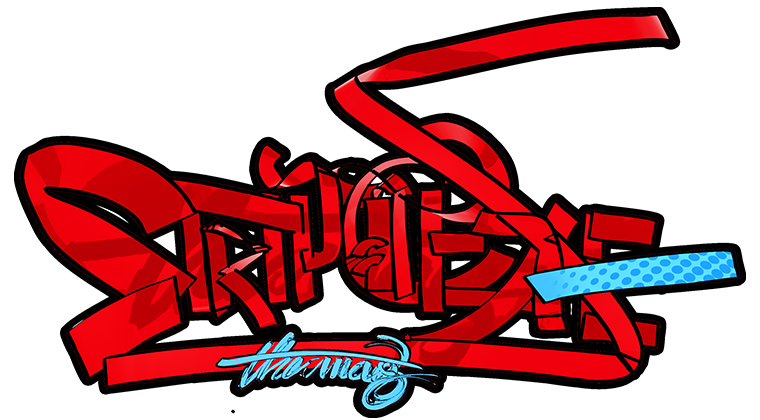Manga in Our Backyard
Back in time, when justice could be brought by a bullet to the head, a time when the lines blurred between the law, the judge and the executioner, there was a place in the wild west that was about to succumb to the threat of destruction. With wandering spirits feasting on souls and prayers of the believers failing, Ka-Kaa is a story that is strangely familiar to us. We have seen it in books, we have seen it in music videos and yes, we have even seen it in Tarantino movies.
A manga, is not an easy journey to embark on. For the enthusiasts, the name Bakuman perhaps needs no introduction. A story of two young boys and their journey towards becoming published manga creators is something that has been an integral part of almost every fan’s reading list. More than anything else, what readers learn from this series is the kind of effort one has to put into making a manga. And it is no surprise to know from the creators of Ka-Kaa that the process in no way was easy.
According to artist Gowra Hari Perla, the biggest challenge in creating a manga is the lack of readily available literature. “The execution itself is easy but to reach to that point was awesome… for me to shift from classic art to manga style is a journey of 2 years practice. All the practice on nawami pattern, sumi-e art, study of perspective, anatomy of body, speed lines, moya effect, etc. Then the next part is the right type of art material… we don’t get a quality manga tools here so we had to make them on our own,” he says.
And while some fans choose to believe that a manga created originally in English is pretentious, writer Ananth Maruthi Perla believes that such rules are meant to be broken. “Manga is about expressing thought through simple means. English only serves as a medium. I would like to see a Hindi manga or a Telegu one in fact.”

For a publishing house taking a step towards publishing comics is never an easy one in India. But for Nethra Anjanappa, founder of Fablery, it was about redefining the Indian comic industry. “I am a big fan of comics, especially manga. That’s when I realised – whatever comic culture is in India, it is all about either western comics or Japanese manga. Chacha Chaudhary days are long gone. These days, most of the Indian comics and cartoon shows revolve around Indian mythology – it is very restricted. I wanted to contribute a bit to the comic world for the love of it.,” she explains.
From getting inspired by famous manga and Tarantinoesque movies and ending with the cliché of the evil being overpowered, Fablery’s Ka-Kaa has played all the cards that seem to have worked in the realm of classic manga. However, according to comic reviewer Katherine Luther, it is also a sure-fire way to get your manga rejected by publishers in this time and age.
In a recent interview Japanese legend Hayao Miyazaki mentioned that the otaku (or fans) are responsible for the decline in the quality of anime and Ka-Kaa makes you wonder if loving the world is enough for anyone to take the plunge into creating a manga.

As a debut effort, though Ka-Kaa has flaws, it also has a lot of promise. A welcome break from mythology and familiar superheroes, this brave move has paved the path for more creators to experiment in the realm.


